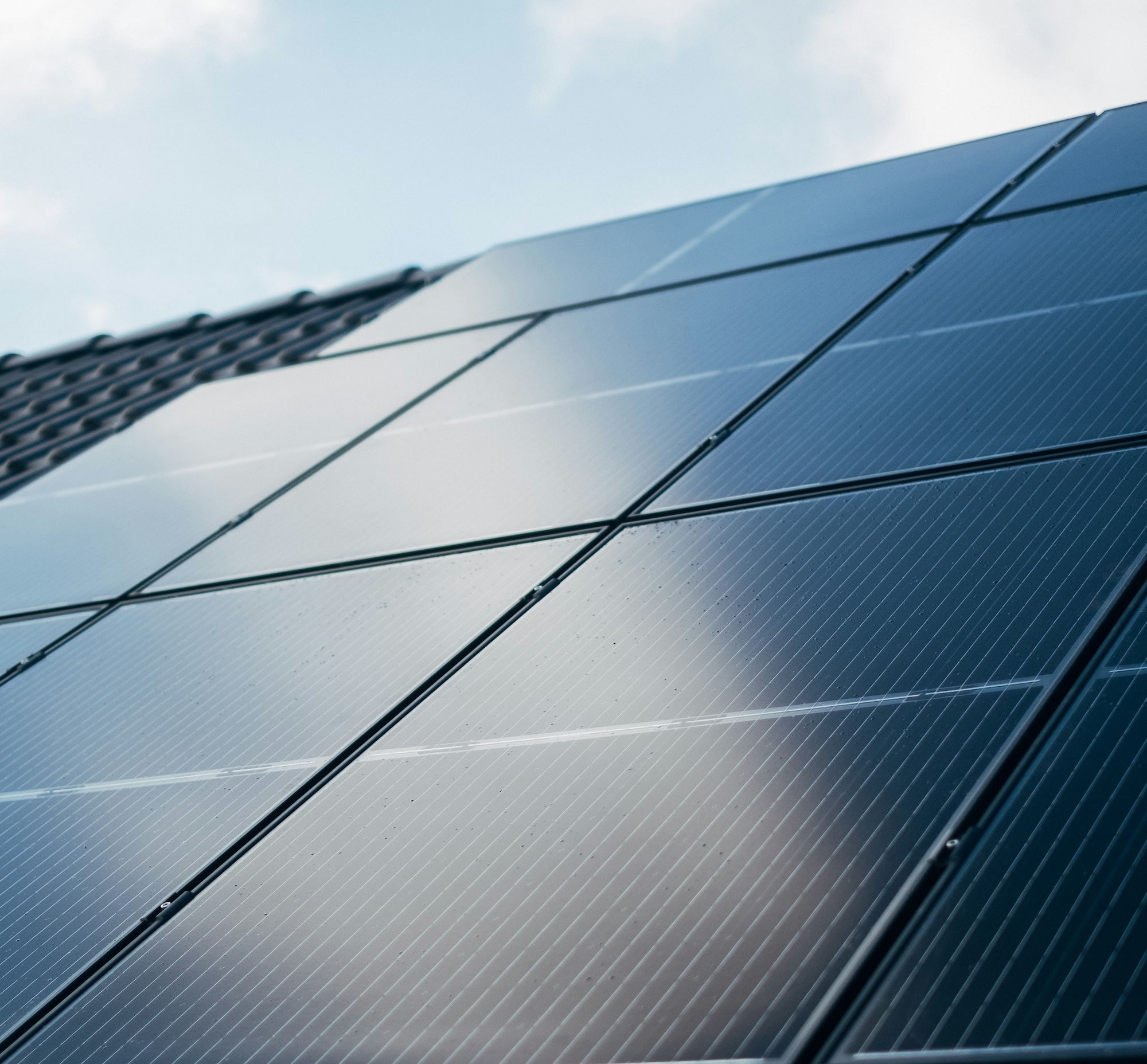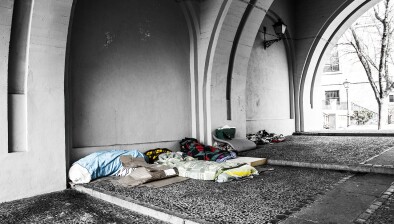UK government looks to ‘balcony power’ to power flats and rented homes

The UK government has unveiled plans to allow residents of flats and rented properties to install “plug-in” solar panels on their balconies, a move that could help millions save on their energy bills.
As part of a new solar power strategy, ministers are proposing to adopt a model already popular across Europe. In countries like Germany and Spain, small-scale solar panels can be fitted to balconies and plugged directly into a standard household power socket, generating electricity for immediate use.
These “balcony power stations” have seen significant uptake, with approximately 1.5 million installations. Typically costing between £340 and £680, they can reduce a household’s energy bills by around 30% and pay for themselves within six years, as they do not require professional installation.
Currently, UK regulations prevent the use of such plug-in solar devices, leaving those in flats or rented accommodation with limited options for generating their own renewable energy. The high upfront cost of traditional rooftop solar panels also remains a barrier for many.
The UK government will launch a consultation on bringing this technology to the UK as part of a broader roadmap aimed at tripling the nation’s solar power capacity.
UK government energy minister Michael Shanks said: “Families have been paying the price for the fossil fuel rollercoaster for years.
“Our Plan for Change means delivering more homegrown energy that we control to boost the UK’s energy security and save money on your bills.
“Through solar, we are rolling out the quickest to build and one of the cheapest forms of energy for families to start saving hundreds on their energy bills, all whilst helping tackle the climate crisis.”
The strategy also explores expanding solar installations on commercial properties, noting that fitting panels to just 20% of the UK’s largest warehouses could generate up to 15 gigawatts of power – half of the government’s planned growth in solar capacity by 2030. Further potential for solar panels on large carports is also being considered.









